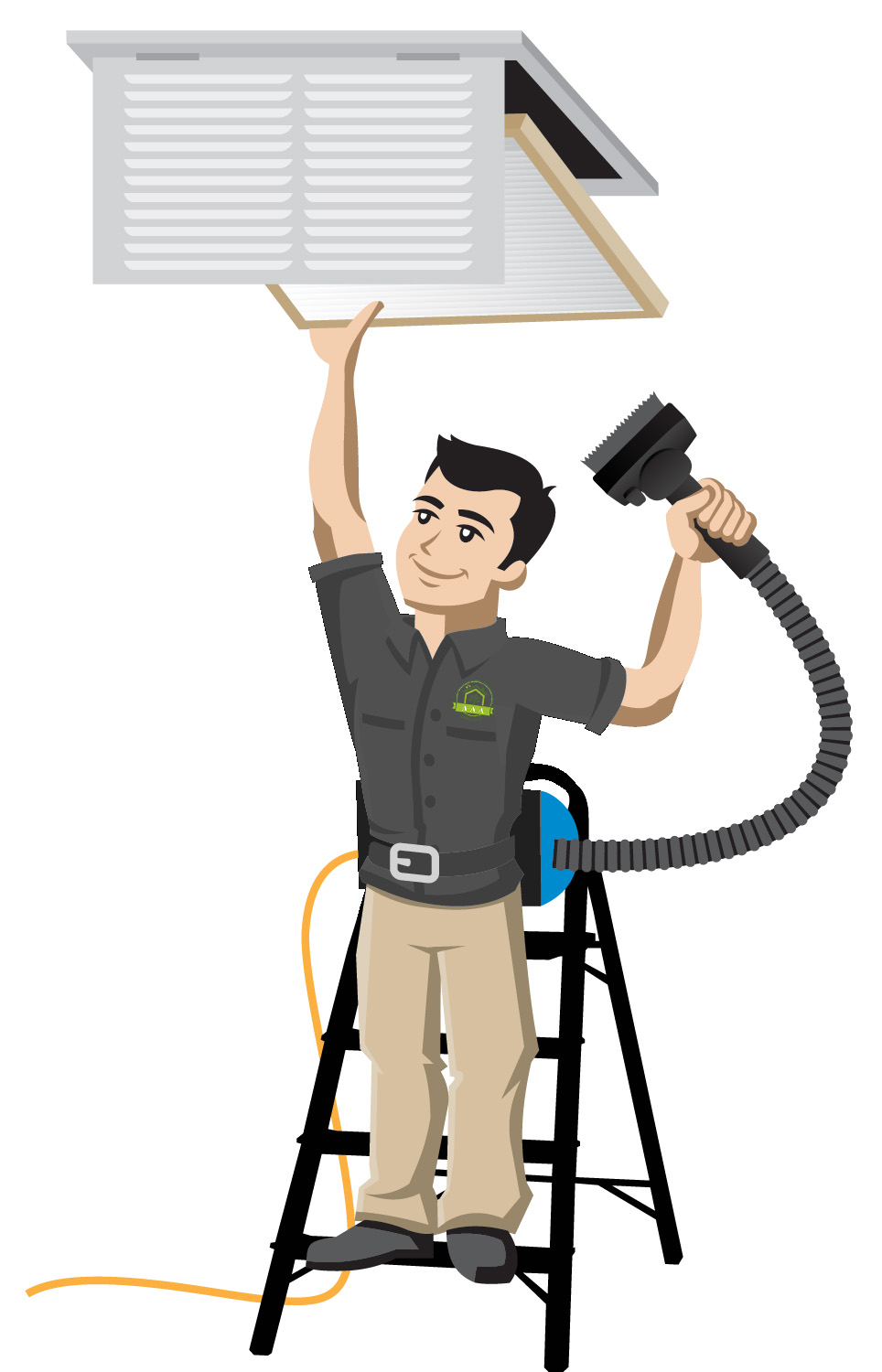While air duct cleaning in commercial buildings is an important part of maintenance, it’s not the only step needed to keep indoor air quality and HVAC systems performing well. Proper air filtration is also essential.
Air filters catch particles like dust and allergens before they enter the HVAC system. Over time, these particles accumulate on the filter and reduce its effectiveness. Regular filter changes and high MERV (Minimum Efficiency Reporting Value) ratings are needed to ensure optimal performance.
Low-quality or clogged air filters allow contaminants to pass through into the HVAC system and air ducts, where they build up over time. This reduces airflow and places additional strain on HVAC equipment. It also decreases indoor air quality and allows particles to circulate through the building.

When commercial air ducts are cleaned, installing new high-quality air filters is recommended to “catch” contaminants before they re-enter the ducts. However, duct cleaning should not be considered a replacement for proper air filter maintenance.
To maintain both air duct cleaning and good indoor air quality:
- Change filters regularly – Aim for every 1-3 months depending on filter type and HVAC system usage. Clogged filters reduce airflow and efficiency up to 15%.
- Use higher MERV ratings – The higher the MERV rating (11-16), the more particles a filter can capture. This keeps indoor air cleaner and ducts from getting dirty as quickly.
- Ensure a good filter fit – Gaps allow particles to bypass the filter and enter ducts. Have a technician check filter fit after replacement.
- Consider UV air purifiers – UV lights can help kill microbes that build up on HVAC components between cleanings.
While commercial air duct cleaning is an important part of maintenance, a comprehensive approach that includes high-quality air filtration is needed to maintain clean ducts, support the longevity of HVAC systems, and provide good indoor air quality for employees and customers.

